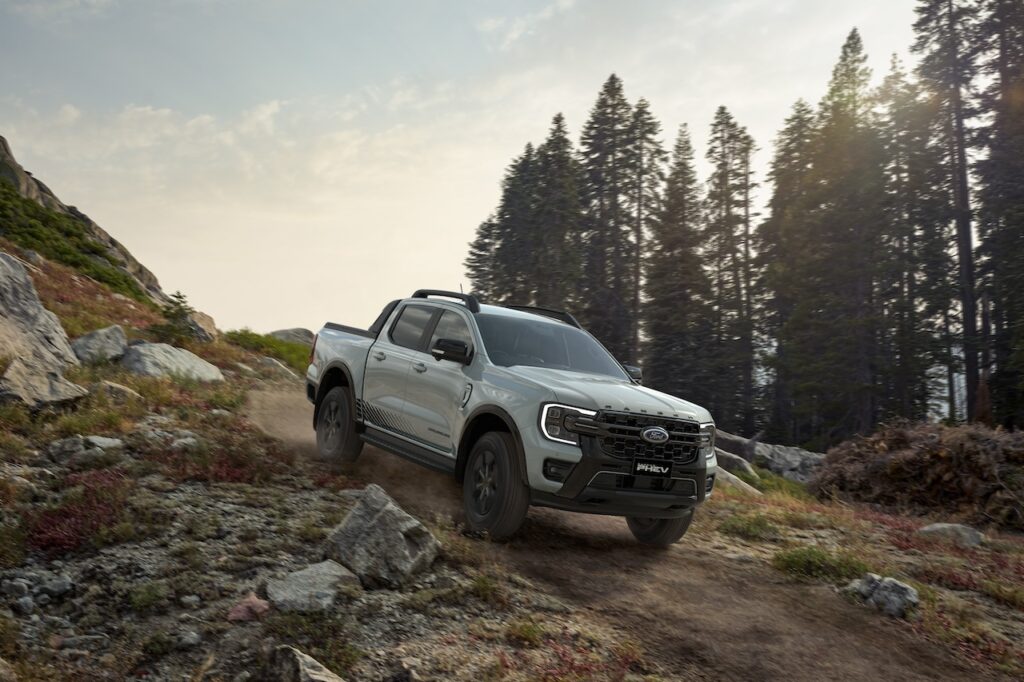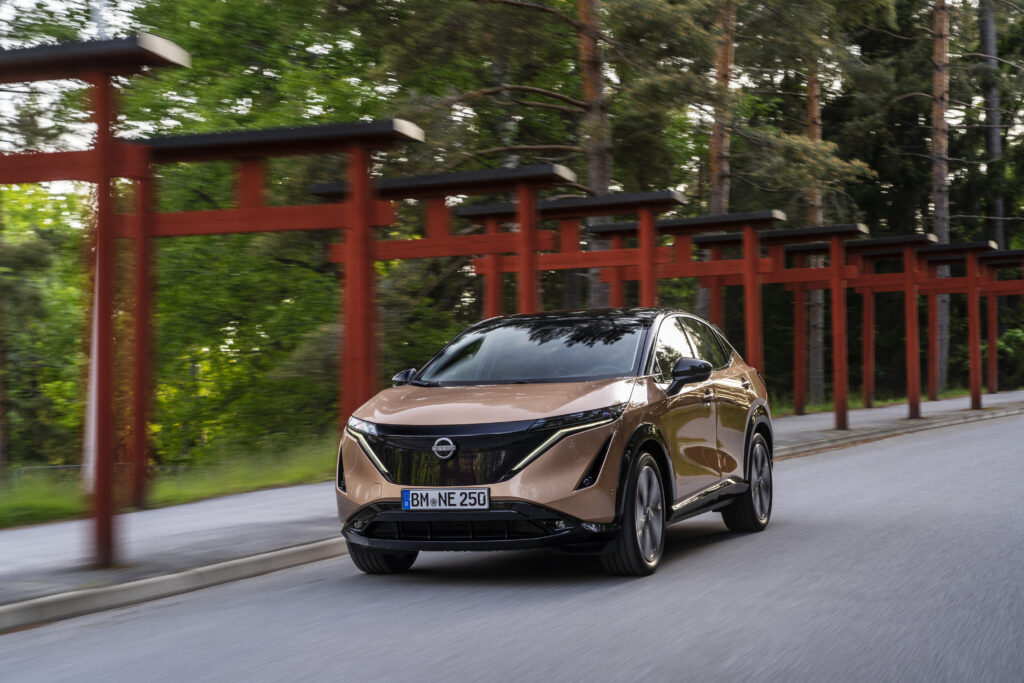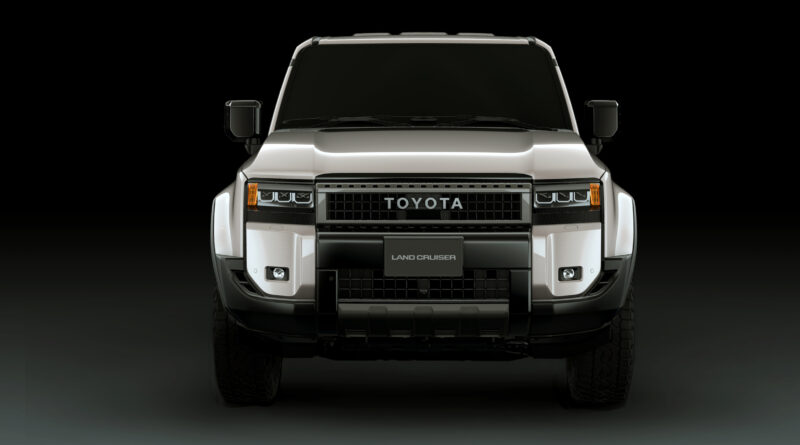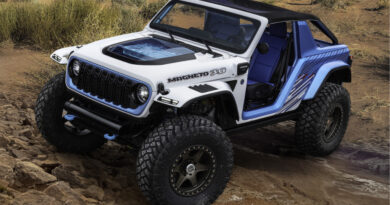Danger signs! Latest research shows top ICE brands including Toyota, Ford and Nissan struggling to hit new Aussie CO2 limits
New research has shown how much trouble some top brands including Ford, Nissan, GWM and even Toyota could find themselves because of Australia’s new CO2 emissions reduction scheme if they don’t transition to electric vehicles quickly enough.
The research by the automotive intelligence firm Blue Flag found the New Vehicle Efficiency Standard (NVES) that came into force from January 1 2025, could levy fines on auto brands as high as $2.8 billion in 2029.
The NVES imposes increasingly stringent CO2 emissions targets for passenger vehicles, utes and SUVs over the next five years with the aim of encouraging the transition away from internal combustion engined vehicles to EV.
READ MORE: Which is best for the environment: EV or ICE? Here’s the truth about CO2 emissions across the lifecycle of new cars
READ MORE: Australians are buying bigger cars, but they’re getting cleaner – and hybrids and EVs are rushing to the CO2 rescue
READ MORE: Toyota a winner as CO2 reduction plan introduced to parliament with less pressure on SUVs and utes
But with many Australian buyers fixated on SUV and utes with diesel engines, the challenge for brands is to make that transition while maintaining profitability.
The findings, published by the Motor Trades Association of Australia (MTAA) in its Federal Budget submission, uses publicly known data to judge which brands can hit the targets going forward.
It assesses a basket of best known brands against the 2025 and 2029 targets for both Level 1 passenger vehicles (cars and light duty SUVs) and Level 2 commercial vehicles such heavy-duty diesel SUVs and utes.

It rates whether these brands are “highly likely” to meet the target, “possible” to meet the target with reasonable changes and “unlikely” to meet the target based on current forecasts.
China’s GWM and struggling Japanese brand Nissan are the only two makes assessed unlikely to meet 2025 Level 2 targets.
No brands are assessed unlikely to meet Level 1 targets in 2025.
But the picture gets far grimmer in 2029 when Ford, Hyundai, Kia, Mazda and Mitsubishi join GWM and Nissan in the Level 1 red zone.
Ford, GWM, Mazda, Mitsubishi and Nissan are joined by Isuzu and Toyota in the Level 2 red zone.
No brand was rated highly likely to hit the 2029 Level 1 target and only Hyundai was rated highly likely to hit the Level 2 target.
The full chart is published here:

The findings of the Blue Flag study are incredibly important because a failure to achieve CO2 emissions targets across their line-ups results in brands incurring fines or the cost of buying credits from EV makers to avoid them.
Either cost would result in vehicle price rises and potentially drive brands out of the Aussie market if profitability is judged impossible.
The MTAA has published the data in its role as a car dealer advocate, urging the federal government to:
– Increase protection for dealers through the franchising code of conduct
– Review NVES targets more frequently and be prepared to adjust them in response to changing international trends
– Change the point of compliance for vehicles from when they are imported to when they are sold
Among many other recommendations, the MTAA also called for the extension of the Fringe Benefits Tax exemption for plug-in hybrid vehicles that ends April 1 and the abolishment or amendment of the luxury car tax.
The MTAA has stressed the findings of the Blue Flag study are based on publicly available information.
“These projections can, and should, continue to improve as car companies modernise their lineups,” the MTAA noted.
“We have already seen brands like Toyota take decisive action by announcing they will switch their passenger lineup to hybrid engines across all their passenger cars and Ford is bringing to the Australian market a plug-in hybrid ute this year.
“Car companies have more work to do to keep prices competitive for consumers.”
The MTAA submission highlighted Nissan as a case where dealer sustainability will be particularly under pressure.

“In 2024 [Nissan] sold an average of 242 vehicles per dealership based on its current dealership footprint,” the submission stated.
“This figure is expected to decline further as market competition increases, leading to even greater challenges for Nissan’s dealer network.
“As more brands enter the Australian market, the fight for consumer attention will only accelerate fragmentation within the dealership landscape unless the overseas headquarters can deliver competitive product at a competitive price for the Australian market – time will tell.”
Nissan is highlighted at a time when it is fighting for survival globally after a failed merger with Honda and is at the same time trying to secure its long-term Australian future via a new strategy plan.




